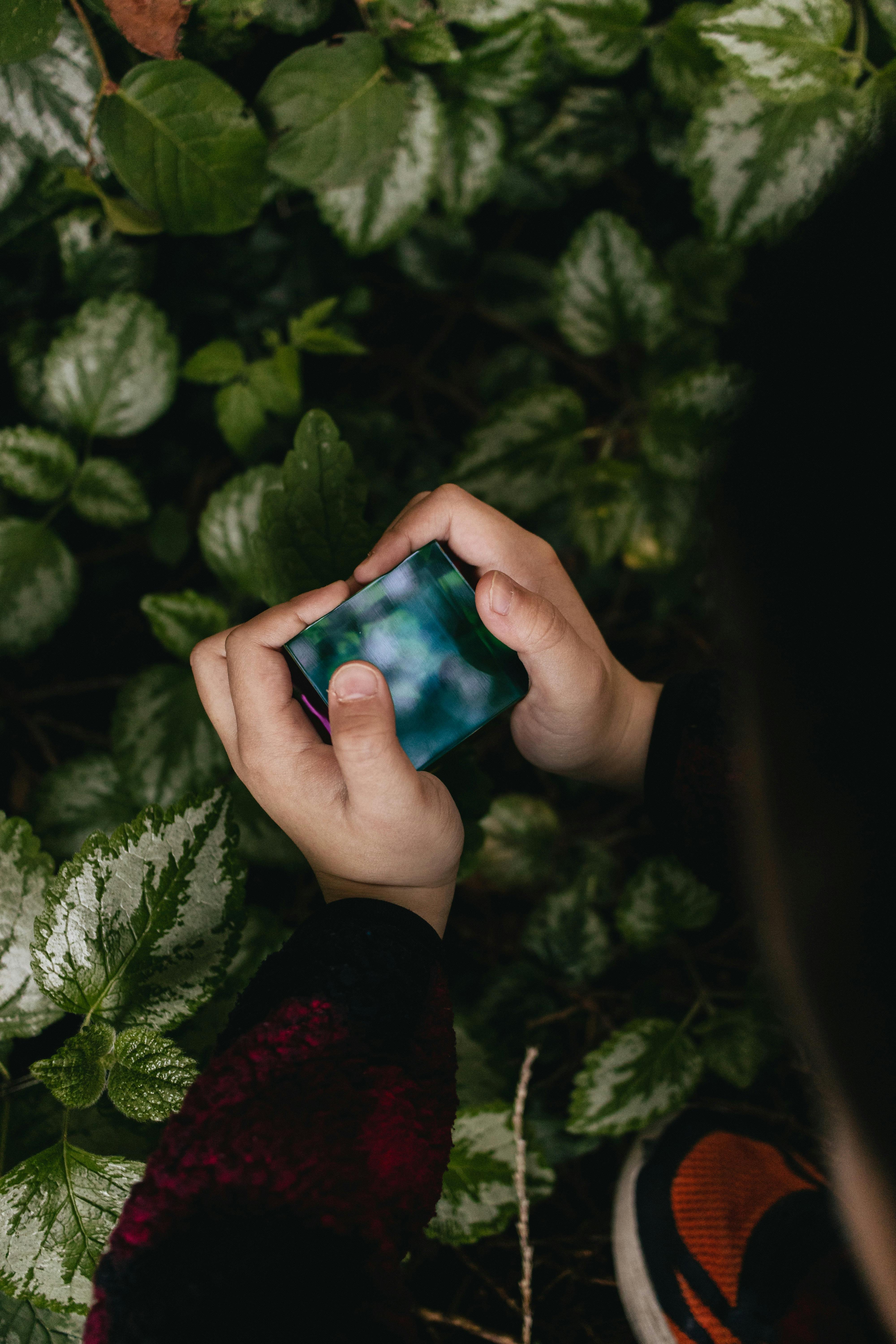Essential Guide to Using Driftwood for Your Aquarium in 2025
Driftwood has gained immense popularity among aquarium enthusiasts due to its aesthetic appeal and functional benefits. Incorporating natural driftwood into your aquarium landscape can create a serene environment for fish and other aquatic life. This essential guide will walk you through everything you need to know about using driftwood, including its advantages, care tips, and the best types to choose for your habitat.
One of the primary benefits of aquarium driftwood is its ability to replicate a natural ecosystem, promoting the well-being of your aquarium's inhabitants. Furthermore, it provides hiding places and breeding grounds for fish, ultimately enhancing their quality of life. Throughout this guide, we'll also delve into how to properly install, maintain, and care for your driftwood to ensure a thriving aquarium ecosystem.
Key takeaways from this article include a comprehensive overview of driftwood types, practical placement guidelines, and essential maintenance tips that will keep your aquarium environment in optimal condition. Utilize this guide to transform your aquarium with beautiful, functional driftwood.
Understanding the Benefits of Driftwood in Aquariums
Choosing driftwood for your aquarium design comes with many benefits that can enhance both aesthetics and functionality. Firstly, natural driftwood creates an inviting environment where fish can thrive. Its porous surface encourages the growth of beneficial bacteria, which play a pivotal role in maintaining a balanced aquarium ecosystem. This natural filtration enhances water quality, improving the overall health of the tank.
Moreover, driftwood provides crucial shelter for various fish species. For instance, hiding spots created by driftwood help reduce stress among tank inhabitants, allowing them to exhibit more natural behaviors. This is particularly beneficial for shy or territorial species that thrive in environments mimicking their natural habitats.
Additionally, some fish are known to exhibit unique behaviors around driftwood, such as breeding or foraging for food. Therefore, integrating driftwood can lead to a more active and visually engaging aquarium, showcasing the fascinating interactions between aquatic life and their environment.
Enhancing Aesthetics with Driftwood
Driftwood is not only functional but also a stunning decorative choice for aquariums. It adds depth and character to your aquarium design, making it look more dynamic. Various shapes and sizes of driftwood pieces can create visually striking arrangements, enhancing the overall appeal of your tank. By thoughtfully arranging driftwood among plants and rocks, aquarists can foster a natural yet artistic underwater landscape that captivates viewers.
Creating Habitats with Driftwood
Integrating driftwood into your tank design doesn't just focus on aesthetics; it's about creating suitable habitats for various aquatic species. Establishing a balance in your aquarium is critical, and driftwood can help achieve this. For example, driftwood can be paired with live plants, allowing aquarists to recreate a thriving ecosystem where fish find food and shelter.
Understanding Water Quality Impact
Another important aspect of using driftwood is its impact on water chemistry. Driftwood can slightly lower pH levels due to its tannin content while providing necessary organic matter that contributes to a healthier aquarium environment. Fish species such as bettas and tetras thrive in slightly acidic water, making driftwood an excellent component in their habitat.

Choosing the Right Driftwood for Your Aquarium
When selecting driftwood for your aquarium, several factors come into play to ensure it fits your needs and enhances your aquatic setup. The first step is to research different types of aquarium wood available, as each type can affect water chemistry and tank inhabitants uniquely. Generally, you will find varieties including Malaysian, Mopani, and spiderwood widely used by aquarists for their distinct features and benefits.
As you source your driftwood, consider both its size and shape. Larger driftwood pieces can serve as stunning focal points, while smaller pieces can add intricate detail to your aquascape. The shapes of these pieces can also dramatically affect the overall aesthetic of your aquarium, making your choice of driftwood crucial for a harmonious design.
Tips for Sourcing Quality Driftwood
When sourcing driftwood, it is crucial to find reputable suppliers that provide safe and untreated wood. Attempting to harvest wood from the wild can introduce harmful pathogens or contaminants to your tank, so always opt for aquarium-specific driftwood sourced from trusted suppliers. Look for eco-friendly options to sustain natural habitats and reduce your ecological footprint.
Driftwood Soaking and Preparation
Once you have selected your driftwood, proper preparation is essential before placing it in your aquarium. The first step is soaking the driftwood. This process removes excess tannins and any unwanted debris, ensuring that your aquarium water remains clean. An effective soaking time varies depending on the size of the driftwood; typically, larger pieces may require more time, ranging from a few days to several weeks.
Maintaining Driftwood in Your Aquarium
Maintaining driftwood in your aquarium goes beyond initial preparation and installation. Regular cleaning helps to prevent algae buildup and keep the surface free of debris. Light scrubbing, particularly during water changes, keeps driftwood surfaces in top condition while preserving their aesthetic appeal. Always ensure that any methods you use are safe for your fish and do not disturb your tank's ecosystem.
Creating Effective Aquascapes with Driftwood
Effective aquascaping involves a thoughtful arrangement of driftwood alongside plants and aquarium ornaments. Understanding the layout of your tank is key to maximizing the beauty and functionality of your design. This section will provide guidelines on arranging driftwood to enhance both the look of your aquarium and the welfare of its inhabitants.
Planning Your Driftwood Arrangement
When arranging driftwood, consider the overall theme you want to achieve. Start by placing larger pieces at the back or sides to create depth, then position smaller pieces in a way that complements the larger structures. Always leave open spaces for fish to swim freely, and make sure that the setup allows for ease of maintenance while preserving the aesthetic integrity.
Understanding Scale and Proportion
Proportionality is crucial in aquascaping. Make sure that the size of your driftwood is proportionate to the size of your aquarium and the species of fish you keep. Large driftwood may overwhelm small tanks, while tiny pieces may be lost in a large aquarium. Aim to achieve a balanced look resulting from varied heights and shapes, which can lead to a more engaging and dynamic visual experience.
Benefits of Incorporating Plants with Driftwood
Accompanying your driftwood with aquatic plants not only enhances the aesthetics but also adds functional benefits to your aquarium. Plants can help stabilize water parameters, provide additional hiding spots, and encourage beneficial bacteria growth. Moreover, certain species can be planted directly onto the driftwood, resulting in an integrated and natural look.
Maintaining Your Driftwood for Longevity
To ensure the longevity of driftwood in your aquarium, proper maintenance practices are essential. By following certain guidelines, you can promote the health and aesthetic quality of your driftwood while keeping your aquarium environment stable.
Routine Cleaning and Inspection
Regular cleaning is crucial in driftwood maintenance. Inspect the driftwood for algae growth or any signs of deterioration periodically. Using a soft brush can help remove algae without damaging the wood. Effectively monitoring the condition of your driftwood allows you to address any issues before they escalate, maintaining the quality of your aquarium ecosystem.
Controlling Water Parameters
Regularly check water parameters, as the presence of driftwood can influence these factors. Keep track of pH levels, hardness, and temperature to ensure they remain within acceptable ranges for your fish species. Maintaining stable parameters allows for a harmonious environment that benefits both freshwater and marine inhabitants.
Utilizing Driftwood Aesthetics for Enjoyment
Lastly, don't forget to derive enjoyment from the aesthetic benefits of driftwood. Beautiful driftwood arrangements can transform an ordinary tank into an extraordinary underwater landscape. Share your aquascaping achievements with fellow aquarium enthusiasts. Engaging with communities or forums can offer inspiration while providing tips for future projects.

Frequently Asked Questions about Driftwood in Aquariums
Can I use any type of wood for my aquarium?
No, not all types of wood are safe for aquariums. Only use driftwood specifically sourced for aquarium use to avoid introducing harmful substances to your tank.
How do I know if my driftwood is safe for fish?
Ensure that your driftwood is untreated, free of pesticides, and sourced from a reputable supplier. Research specific wood types that are known to be fish-friendly, such as Malaysian and Mopani wood.
What is the best way to soak driftwood before using it?
The best way to soak driftwood is by placing it in a container with water and allowing it to sit for an extended period—generally a few days to weeks, depending on the size of the piece. Ensure that the water is changed regularly to remove tannins and impurities.
How often should I clean my driftwood?
Cleaning your driftwood should be part of your regular aquarium maintenance routine—typically during water changes. Regular inspections help maintain its appearance and effectiveness in your aquarium's ecosystem.
Can I plant on driftwood?
Yes, many aquatic plants can grow on driftwood, providing aesthetic appeal and functionality. Species such as Anubias, Java Fern, and Moss can attach themselves to driftwood, creating an integrated natural habitat.
```